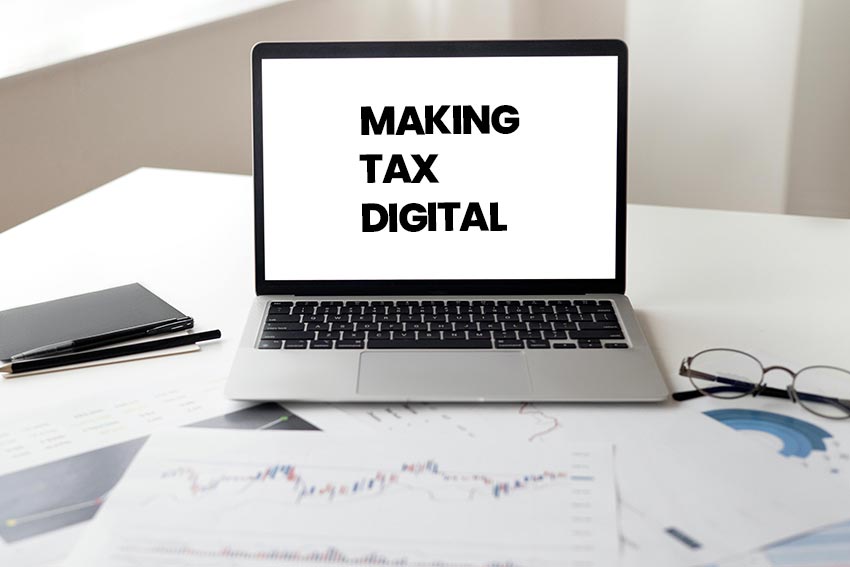In March 2015, Chancellor George Osborne announced the ‘death of the tax return,’ leading many to believe that a major overhaul of the tax filing system was on the horizon. However, after several delays, the first mandatory filings under the new system will begin in April 2026, 11 years after the initial announcement. Even then, a significant portion of taxpayers will remain unaffected by the changes. From April 2027 onwards, more people will be required to follow the new system, but beyond that, the timeline remains undefined. While many will be mandated to use the new system, individuals outside these requirements can still opt in voluntarily.

Who Will Be Affected by MTD for ITSA?
The Making Tax Digital for Income Tax Self-Assessment (MTD for ITSA) system will primarily impact self-employed individuals and landlords. Here’s when you will be required to comply:
- From April 2026: Self-employed individuals and landlords with an annual gross income exceeding £50,000.
- From April 2027: The system will extend to those with an annual gross income between £30,000 and £50,000.
If you earn income from both self-employment and property letting, your total gross income will be aggregated to determine if you meet the mandatory threshold.
Exemptions from MTD for ITSA
There are a few exceptions to MTD for ITSA:
- If your gross income is below the set thresholds.
- Non-residents who don’t have a UK National Insurance number (common among foreign landlords).
- Foster carers or shared lives carers, as long as their only income is qualifying care income.
Additionally, those who are “digitally excluded”, such as individuals with unreliable broadband or disabilities, can apply for an exemption from MTD while their application is being processed.
What Does MTD for ITSA Involve?
MTD for ITSA requires individuals to keep digital records of their business transactions. This means using compatible software, apps, or spreadsheets to enter transaction details. These records will then be submitted to HMRC through quarterly updates, which replace traditional annual self-assessment tax returns.
For those familiar with the mandatory MTD for VAT, this is a similar system but focused on Income Tax for the self-employed and landlords. Many software providers offer basic packages to help track transactions, but these are often limited in features, requiring a subscription once transaction volumes increase. These basic tools generally don’t provide the expert tax advice needed to ensure compliance.
HMRC is not producing its own software for MTD for ITSA, so using an experienced tax agent, like Tax City UK, is highly recommended. With the right support, you’ll get expert advice and avoid the complexities of managing multiple filings and deadlines.

Key MTD for ITSA Deadlines
Under MTD, you'll need to submit quarterly updates to HMRC, with the following periods and deadlines:
6 April to 5 July – Submit by 5 August
6 April to 5 October – Submit by 5 November
6 April to 5 January – Submit by 5 February
6 April to 5 April – Submit by 5 May
In addition, a final declaration will need to be submitted, which will replace the traditional self-assessment tax return. This declaration will include the final taxable profit and any other income received during the tax year.
What Can Tax City UK Do for You?
Navigating the complexities of MTD for ITSA can be overwhelming. That’s why we recommend partnering with Tax City UK to manage your filings. Our experienced team will handle everything, ensuring you meet deadlines and comply with all regulations, so you can focus on your business.
Whether you're self-employed or a landlord, or both, we offer affordable solutions that help you avoid the costly fees associated with many standalone software packages. We make sure you're up-to-date with the latest tax requirements while keeping the process as stress-free as possible.
Get in touch today to learn more and register without obligation!

